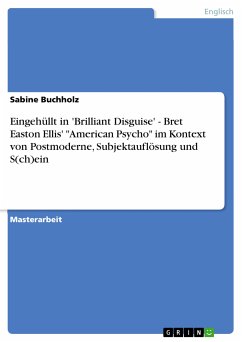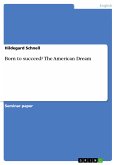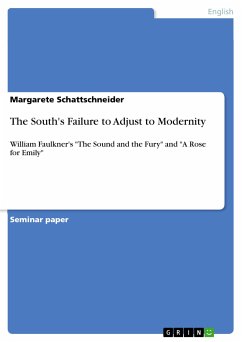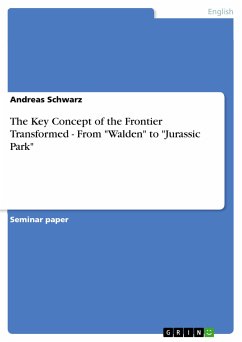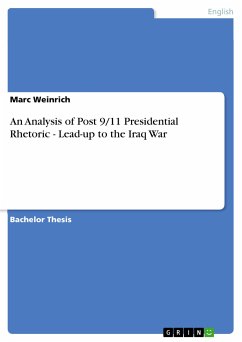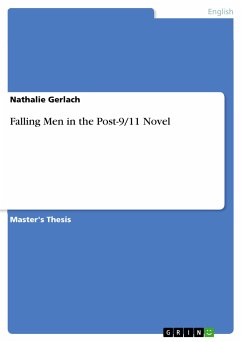Seminar paper from the year 2002 in the subject American Studies - Literature, grade: 1,7 (A-), Dresden Technical University (American Studies), language: English, abstract: About fifty years ago a little town in Wisconsin, Plainfield, was shaken by discovering a fiftyone- year old mass murderer living among them. Ed Gein, who had not only killed, but also disassembled his victims, was to become the role model as an archetypical character in the American horror literature. It was Bloch’s curiosity about the dark side of Puritan America, about America’s psychology cult, especially about Freudian theories4 and the ever strong worship of a mother picture that transformed Ed Gein into Norman Bates, a bogeyman with an Oedipus fixation on “mother,” into a transvestite with a love for taxidermy. At the time when Bloch wrote Psycho Hitchcock already had been a renowned film director. However, this constant success had put Hitchcock on his guard against the “trap of self-plagiarism.” In search for the unexpected, Psycho was his chance to further develop his style of suspense by entering a new field of the Gothic horror. Hitchcock’s trust in the story proved him right, because as the book seemed to be a winner, the film achieved a groundbreaking success until today.
Bitte wählen Sie Ihr Anliegen aus.
Rechnungen
Retourenschein anfordern
Bestellstatus
Storno



